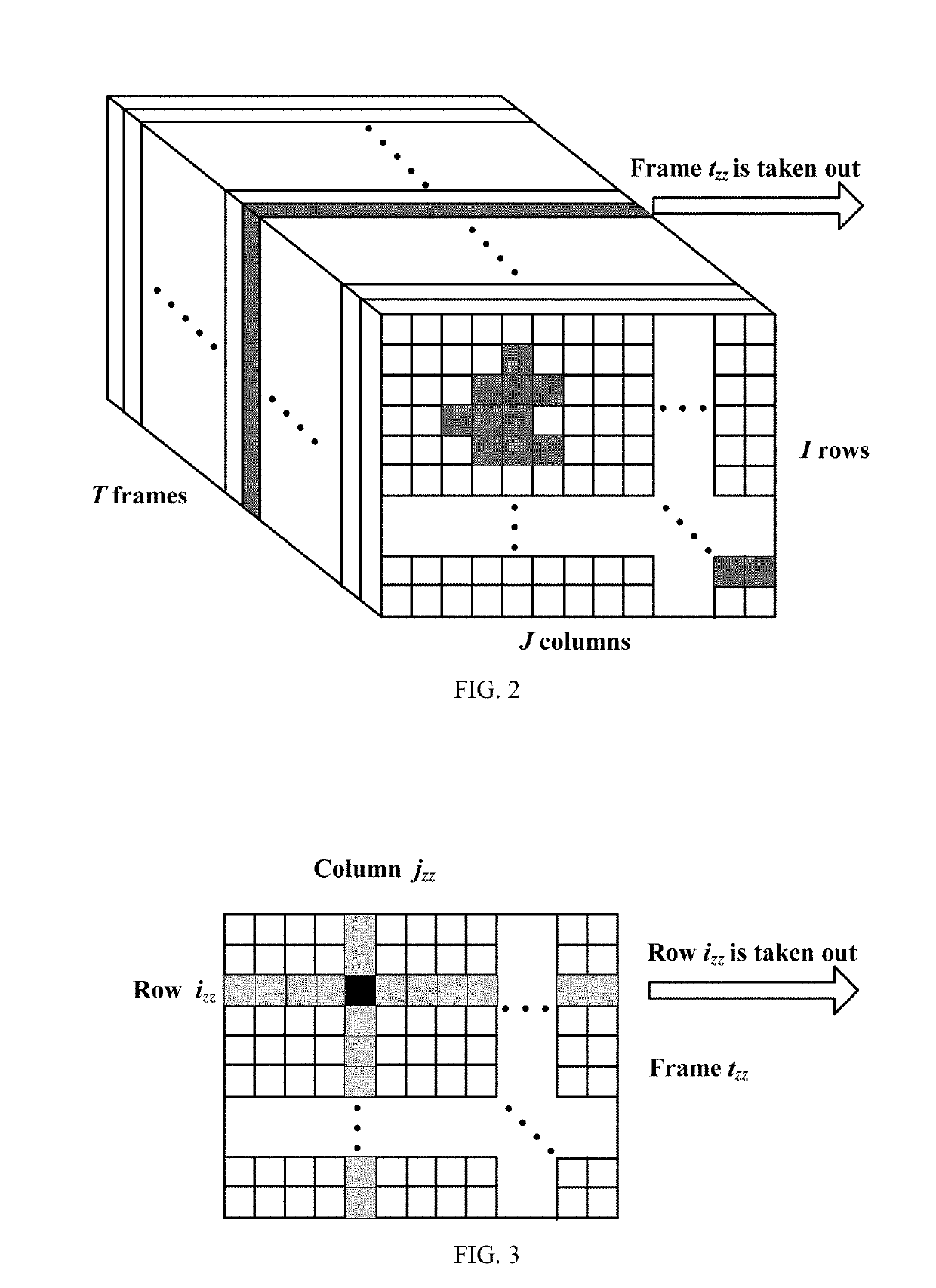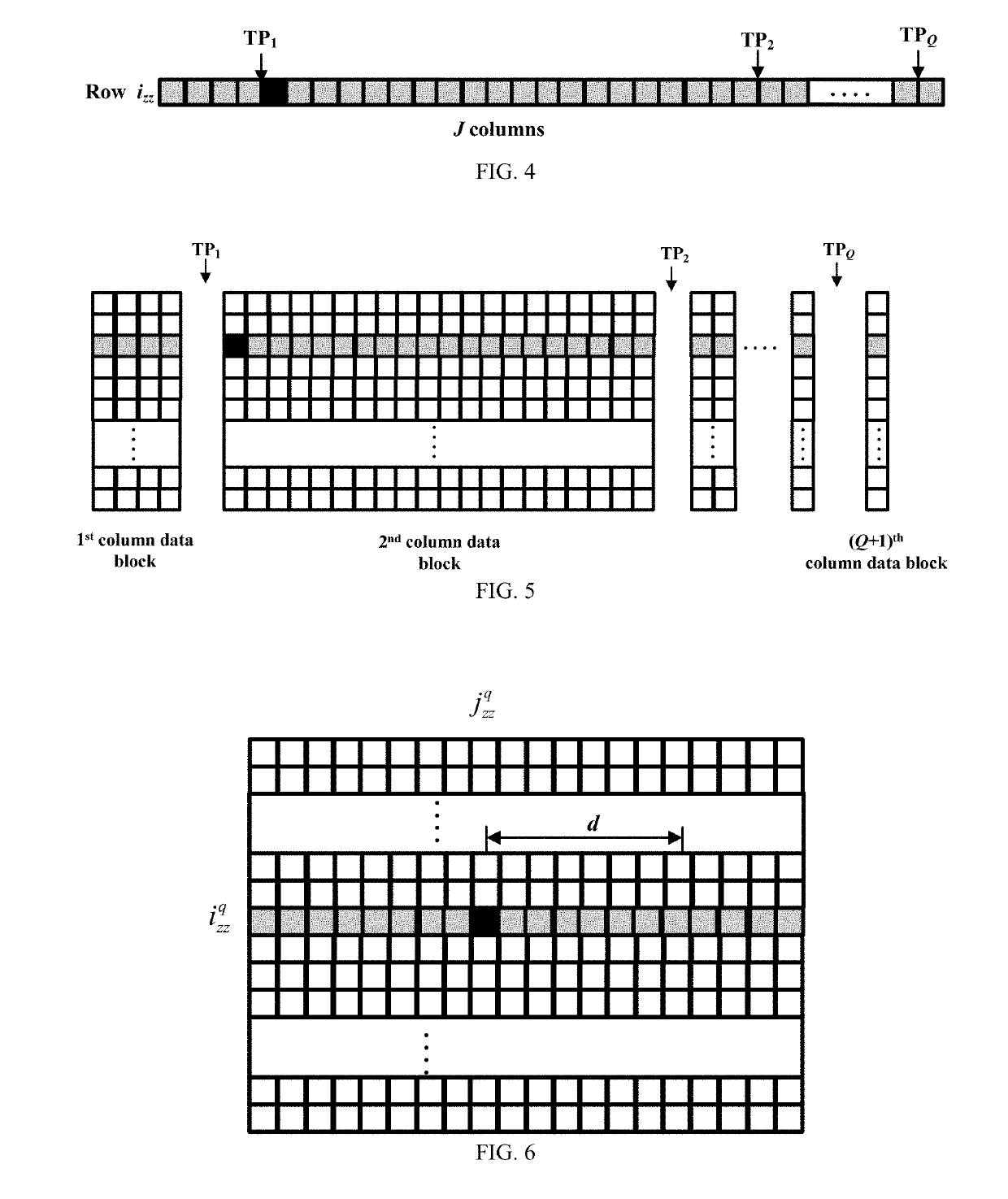Method for separating out a defect image from a thermogram sequence based on feature extraction and multi-objective optimization
a feature extraction and optimization technology, applied in image enhancement, image analysis, instruments, etc., can solve the problems of reducing the rationality of clustering and defect separation accuracy, and achieve the effect of improving the separation accuracy of defect image and ensuring the accuracy of describing the defect outlin
- Summary
- Abstract
- Description
- Claims
- Application Information
AI Technical Summary
Benefits of technology
Problems solved by technology
Method used
Image
Examples
embodiment
[0043]FIG. 1 is a flow diagram of a method for separating out a defect image from a thermogram sequence based on feature extraction and multi-objective optimization in accordance with the present invention.
[0044]In one embodiment, as shown in FIG. 1, the method for separating out a defect image from a thermogram sequence based on feature extraction and multi-objective optimization is provided, comprising:
[0045]Step S1: taking a thermogram sequence, recorded by an infrared thermal imaging camera, as a three-dimensional (3D) matrix denoted by S, where an element S(i,j,t) of 3D matrix S is a pixel value of row i and column j of the thermogram sequence's frame t. As shown in FIG. 2, each frame has I rows and) columns, and the 3D matrix S has T frames.
[0046]Step S2: selecting G transient thermal responses (TTRs) from 3D matrix S, then extracting each TTR's features: Eg, Vupg, Vdowng, Tmaxg, Taveg;
[0047]where Eg is the TTR's energy, and calculated according to the following equation:
Eg=Xg...
PUM
 Login to View More
Login to View More Abstract
Description
Claims
Application Information
 Login to View More
Login to View More - R&D
- Intellectual Property
- Life Sciences
- Materials
- Tech Scout
- Unparalleled Data Quality
- Higher Quality Content
- 60% Fewer Hallucinations
Browse by: Latest US Patents, China's latest patents, Technical Efficacy Thesaurus, Application Domain, Technology Topic, Popular Technical Reports.
© 2025 PatSnap. All rights reserved.Legal|Privacy policy|Modern Slavery Act Transparency Statement|Sitemap|About US| Contact US: help@patsnap.com



